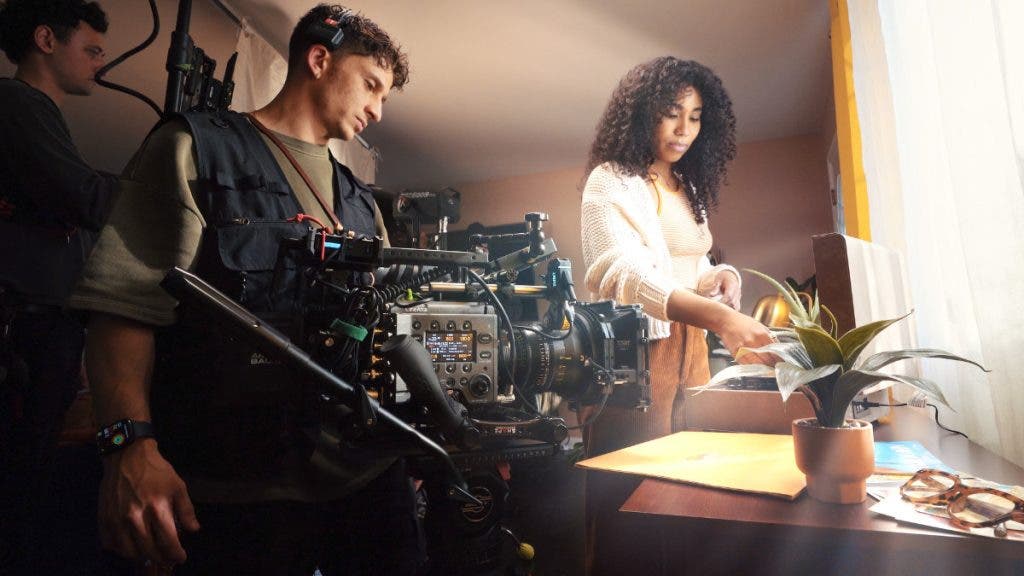I am Gian Carlo Stigliano, a cinematographer based in New Jersey. As part of my job, I am very selective about the lenses I choose for each project. I want to address a common misconception among new filmmakers. Often, in the early stages of their careers, they concentrate on selecting the right camera, believing it to be the most important tool for achieving a cinematic look. However, camera selection is only a small part of what contributes to an image’s overall appearance. The lens plays a crucial role in shaping the final image. Its characteristics, limitations, and style are essential in completing the piece. The Tokina T1.5 Cinema Vista Primes offer an excellent combination of speed, versatility, and character.
Should You Rent or Buy a Lens?
In filmmaking, lenses can be quite costly, both to purchase and to rent. The budget for a production often dictates the type of lens that can be utilized for a specific project. Throughout my career, I have worked with and shot with a variety of lenses, including those from Cooke, Arri, Atlas, Zeiss, and many more. Each of these lenses contributed unique qualities and characteristics that were well-suited for the projects I undertook.
When I first paired my Sony Venice camera with the Tokina Vista Primes, my perspective on lens selection shifted dramatically. As a cinematographer with ongoing projects, I recognized the need to invest in lenses that could serve as reliable workhorses, and the Tokina Vista Primes proved to be just that.

Tokina Vista Cinema Primes
I have use the Tokina T1.5 Cinema Vista Primes numerous times and I have truly fallen in love with these lenses. They feature exceptional build quality, a fast T1.5 aperture, and a fantastic lens coating. One aspect I particularly appreciate is how the lens flares when light hits it, along with the soft, subtle images it produces right from the start.
These lenses allow for creative versatility with filtration and color grading. They are incredibly well-built and robust, with a substantial weight that can be a hindrance in certain situations. However, for the most part, it’s reassuring to know you have a set of lenses that can withstand nearly anything thrown their way.
Focusing With Tokina Cinema Vista Primes
The Tokina cinema lens offers exceptional quality, notably with its very smooth focus ring, which is beneficial for pulling focus. However, cinema lenses often come with specific challenges, such as lens breathing; many lenses exhibit this phenomenon, which can detract from the image when shifting focus between subjects. Fortunately, the Tokina lenses have virtually zero focus breathing, allowing you to change your focus mid-scene without distracting the audience. As a cinema lens, it does not include autofocus or a digital method for adjusting the aperture, so you need to manually adjust the T-stop using the ring on the lens.
Clicked Aperture vs De-clicked
The Tokina lenses offer two excellent options for adjusting aperture: a click (geared) option and a de-click (non-geared) option. The click option allows you to feel distinct increments with each adjustment of the aperture, providing precise control. In contrast, the de-click option enables a smooth, continuous adjustment through your T-stops, which can be particularly useful for making changes mid-scene without feeling each individual click or gear shift.

Full-Frame Cinema Lenses
The Tokina Vista Prime lens provides great versatility as it features full-frame capabilities. Typically, full-frame large-format lenses are quite expensive, with limited options available for use with a full-frame cinema camera. Tokina has addressed this gap in the market by creating these lenses, which are much more affordable to purchase or rent compared to other full-frame lenses. While these lenses are designed for full-frame use, they can also accommodate Vista Vision 65mm formats, including Super-35 sensors. This flexibility allows filmmakers to explore a wide range of shooting formats.
Front Lens Diameter
An often overlooked feature of these lenses is that Tokina has designed the front diameter to be uniform at 114mm, with a filter size of 112mm. This consistency is crucial on set as it helps save time during lens changes. When you’re shooting, switching lenses can be time-consuming, and changing the back of your matte box, which holds your filters, adds to that delay. Since all the lenses share the same dimensions, it streamlines the process of changing the back of the matte box, ultimately saving valuable time during production.
Closing Thoughts on Tokina Cinema Vista Primes
Ultimately, these lenses have allowed me to get extremely high-quality looks within the camera I choose at a fraction of the cost of the other full-frame cinema lenses. As a growing cinematographer, I have tested and used these lenses on narrative projects, commercials, documentaries, and music videos. Without a doubt, each project had its quirks and necessities. The Tokina lenses held their own on each production used, and in the end, the final look was exactly what the crew hoped to accomplish.






